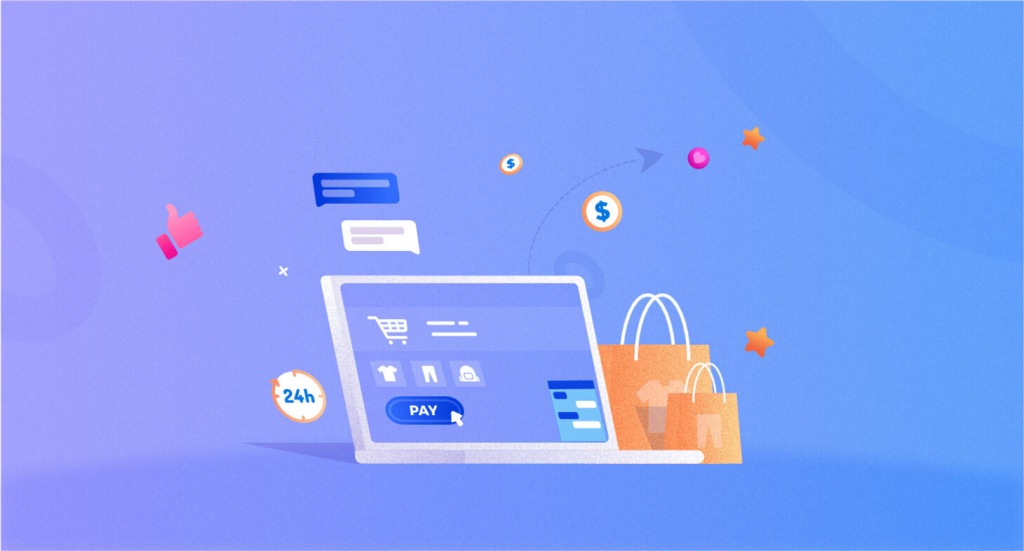In the competitive realm of e – commerce, enhancing user experience (UX) is crucial for success. However, it doesn’t always have to come with a high price tag. By implementing smart strategies, e – commerce businesses can optimize UX while reducing costs.

I. Streamlining the Website Design
A. Simplify the Layout
- Minimalist Approach
Adopt a minimalist design for your e – commerce website. Remove unnecessary elements that can clutter the page and distract users. For example, limit the number of pop – ups and sidebars. A clean layout, like that of Apple’s online store, makes it easy for users to find what they want. This simplicity reduces the time spent on web development and maintenance, cutting costs in the long run.
- Clear Navigation
Create a straightforward navigation menu. Use clear labels for categories and sub – categories. An online clothing store can have main categories like “Men”, “Women”, “Kids”, and then sub – categories such as “Tops”, “Bottoms”, etc. This makes it easier for users to navigate, improving their experience and reducing the need for complex customer support related to navigation issues.
B. Optimize Page Loading Speed
- Image and Content Compression
Compress images and other media content on your website. Large images can significantly slow down page loading times. Tools like TinyPNG can reduce the file size of images without sacrificing much quality. Additionally, minify CSS and JavaScript files to make the website load faster. This not only improves UX but also reduces hosting costs, as less bandwidth is consumed.
- Choose a Reliable Hosting Provider
Invest in a reliable hosting service. A good hosting provider ensures that your website is always up and running smoothly. For instance, Amazon Web Services (AWS) offers scalable hosting solutions. While it might seem like an upfront cost, it can save you money in the long term by preventing revenue loss due to website downtime and improving user satisfaction.
II. Personalizing the Shopping Experience
A. Leverage Data Analytics
- Understand User Behavior
Use data analytics tools to track user behavior on your website. Analyze which products are most viewed, abandoned carts, and the time users spend on different pages. For example, if you notice that many users abandon their carts at the payment page, you can focus on improving that section. Google Analytics provides valuable insights without a hefty price tag.
- Personalized Product Recommendations
Based on user data, offer personalized product recommendations. An online bookstore can suggest books similar to the ones a user has previously purchased or browsed. This can increase the average order value and conversion rate, while the cost of implementing basic recommendation algorithms is relatively low.

B. Tailor Marketing Messages
- Segment Your Audience
Segment your customer base based on various factors such as demographics, purchase history, and browsing behavior. For example, an electronics e – commerce store can target first – time buyers with special welcome offers and loyal customers with exclusive discounts. This targeted approach ensures that marketing resources are used efficiently, reducing wasteful spending on mass – marketing campaigns.
- Send Personalized Emails
Send personalized emails to your customers. Address them by name and include product recommendations based on their interests. A beauty e – commerce brand can send emails with skincare product suggestions based on a customer’s skin type, which they provided during registration. Email marketing platforms like Mailchimp offer affordable plans for small to medium – sized e – commerce businesses.
III. Improving Customer Service
A. Implement Chatbots
- 24/7 Support
Integrate AI – powered chatbots on your website. Chatbots can answer frequently asked questions, such as shipping times, product availability, and return policies, 24 hours a day. For example, a furniture e – commerce site can use a chatbot to handle basic inquiries, reducing the need for a large customer service team to be available around the clock.
- Automated Issue Resolution
Chatbots can also be programmed to resolve common issues automatically. If a customer reports a missing item in their order, the chatbot can initiate a replacement process. This improves the speed of issue resolution and reduces the cost of human intervention for routine problems.
B. Offer Self – Service Options
- FAQ and Knowledge Base
Create a comprehensive FAQ section and knowledge base on your website. Include answers to common questions about product usage, installation (if applicable), and troubleshooting. An e – commerce store selling smart home devices can have a detailed knowledge base with step – by – step guides for setting up the devices. This allows customers to find solutions on their own, reducing the workload on customer service representatives.
- Order Tracking and Account Management
Provide easy – to – use order tracking and account management features. Customers can check the status of their orders and manage their personal information independently. This self – service approach not only improves user experience but also cuts down on the cost of handling customer inquiries related to order status.

In conclusion, optimizing user experience in e – commerce doesn’t have to be a costly endeavor. By streamlining website design, personalizing the shopping experience, and improving customer service, businesses can enhance UX while reducing costs. These strategies not only benefit the bottom line but also help in building a loyal customer base in the long – term.



